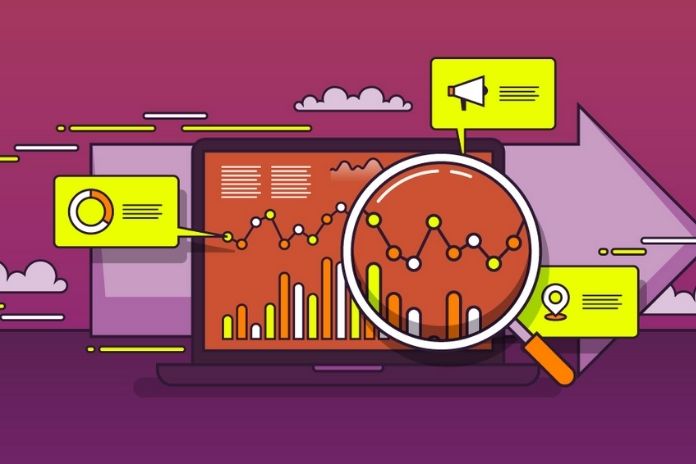Learn how to create a data-driven marketing culture and learn about tools and practical applications of using data in Digital Marketing.
The fact is: that people increasingly consume online. What was once a trend is now a reality. Even those who don’t feel secure enough to purchase in a digital environment use the web to research products, prices and advantages before closing a deal.
In addition to making it easier for consumers, this habit has opened up a universe of advantages for brands.
This is because, if previously what guided the marketing of a particular product or service was information such as gender, age and location, today – due to cookie strategies and obtaining online information – the professionals responsible for this area have data in their favor. such as purchase history, online behavior, interests, access history on the brand’s website, information such as children, age of children, gender of children and so on.
Today, it is possible to know precisely how many people live in the house, the age of each one, understand how each one consumes, what the profile of each person in the place is looking for on the internet and thus offer an almost personalized plan for that family.
With data on profile and behavior, campaigns became much more assertive and strategic, thus increasing the sales rate and LTV since the product is “made for the customer”,; decreasing the CAC since a specific campaign is more effective than five generic ones, and also increasing rates such as the CTR of campaigns, after all, if the creative is designed for a specific profile, its conversion tends to be much higher.
How Do You Create A Data-Driven Marketing Culture?
When looking at the advantages of customizing campaigns by studying data from current and potential consumers, the question that comes to mind is: how do we get this information?
Data can be of three natures: first, second and third party. First party information is proprietary to the business, that is, navigation data from the company’s website, data from forms, registrations, Landing Pages, in short, all the data that the company has captured from its consumers.
Second parties are information shared between businesses. Brands that operate in the same sector but are not direct competitors often exchange data to build a more solid strategy. A car store, for example, can share with an insurance company which models have been selling more, the age, gender and income range of those who have purchased the vehicles, among other data that brokers can use in the commercial approach.
Providers provide third-party data, data centers, and companies that gather information from different online or offline sources. These can help complement the first parties, bringing more critical detail to the profile delimited by the company.
Remember GDPR
It is important to note that brands must pay attention to compliance with current laws, such as the General Data Protection Act. According to the rule, any data collected by companies must be authorized by the consumer based on the explicitness of the intended use.
Consent management platforms help brands create the message to ask for authorization and manage permissions since, according to the law, people can revoke the use of their data at any time. A CMP (Consent Management Platform) built into the system can facilitate user consent management when this is the required legal basis.
So, in addition to creating easy-to-understand interfaces that explain what the data will be used for and ask for authorization, it also makes a management center where brands can access what each user has authorized.
Therefore, the most appropriate way to start working with data is to gather proprietary data through on-site behavior trackers, Landing Pages, forms, registrations, CRM, and other strategies. This information is safe and reliable, making it the best option to start thinking about data-driven marketing strategies.
Practical Applications Of Using Data In Digital Marketing
With this information in hand, you can create segmentations and custom creatives for each persona. For example, a brand that sells clothes can identify women between 35 and 40 years old, from class B, enter the bag page and then look for skirts. After accessing the brand’s website, they search for decoration, style and well-being.
Also Read: Marketing Automation Software

